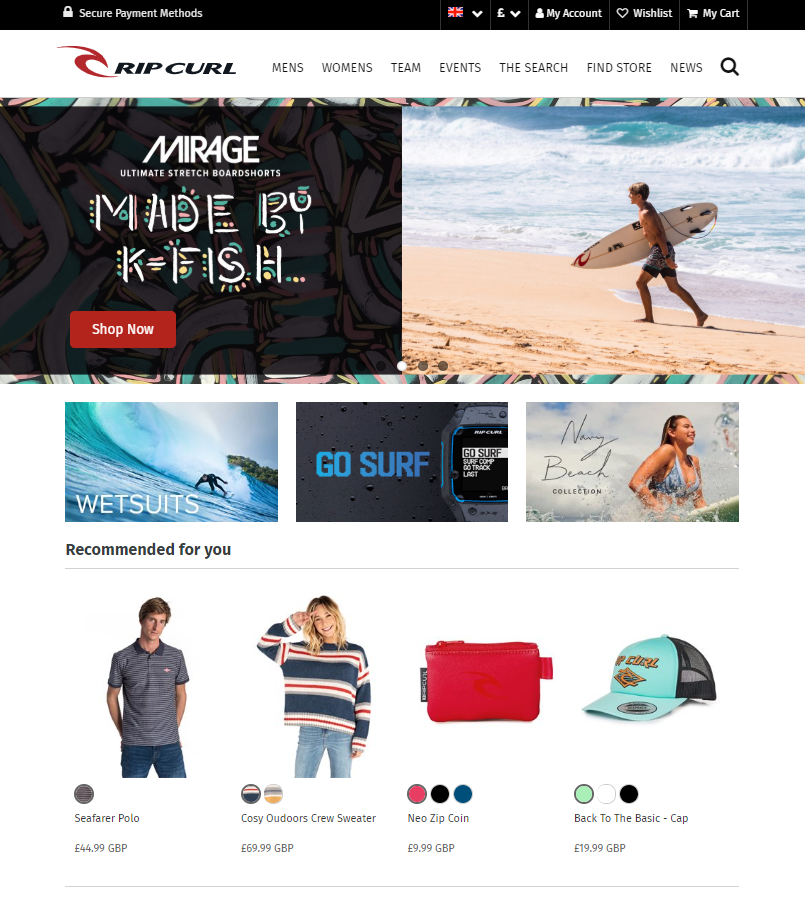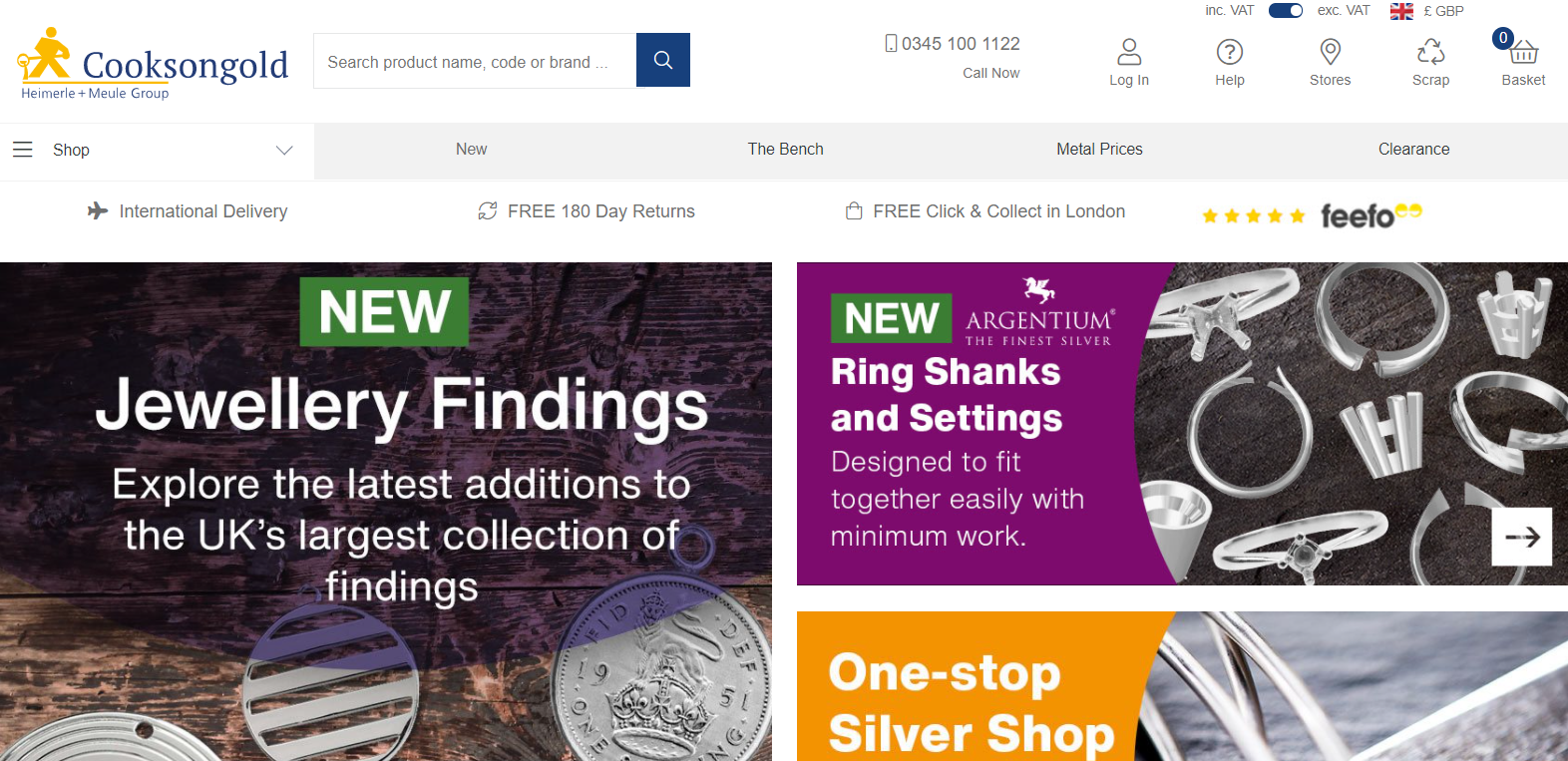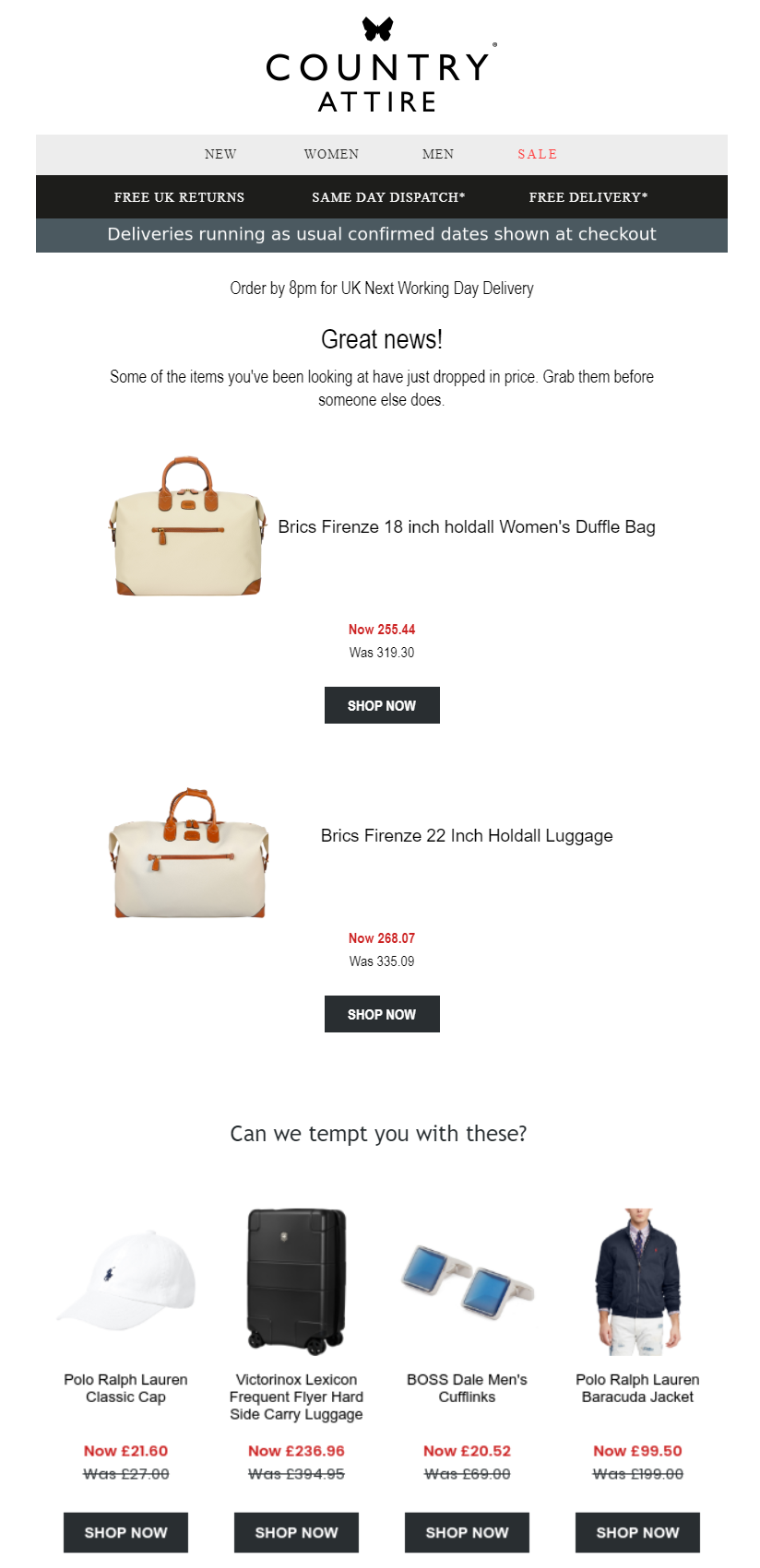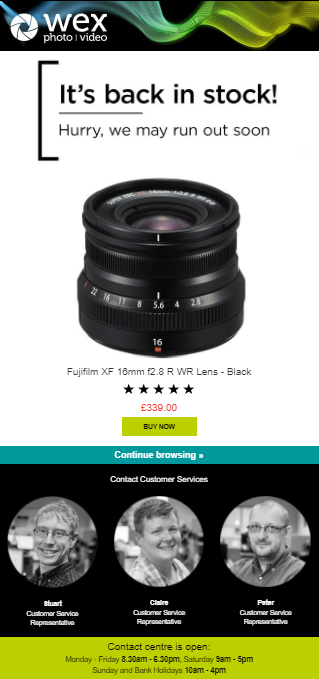3 ways to create a more convenient customer experience with personalisation

We’re part of Dark Matter Commerce - find out more

This is a guest contribution written by Camilla Bass, Content Marketing Manager at our partner, Fresh Relevance.
Customer experience refers to the culmination of all the touchpoints and interactions a customer has with your brand.
A better customer experience can lead to an increase in revenue, loyalty and retention. And with a crowded ecommerce landscape and consumers being more willing to switch brands, getting the customer experience right is vital. In fact, CX research from PwC found that 1 in 3 customers will leave a brand they love after just one bad experience, while 92% would completely abandon a company after two or three negative interactions.
In this article, we’ll explore a key component of customer experience – convenience. Read on to discover three ways to create a more convenient customer experience with personalisation.
Convenience is one of the factors that matters most when it comes to customer experience, with the same PwC research showing that it hits over 70% in importance to consumers. McKinsey also cites convenience as a continuing priority for consumers.
What’s more, our own research into customer loyalty found that when it comes to their experience online, consumers demand convenience.
Here are three ecommerce personalisation tactics to help you provide that convenience consumers crave.
Often, the path to finding the product you want is paved with hours spent scrolling through irrelevant items, leading to decision fatigue, frustration and potential browse abandonment.
Stand out from your competitors and make sure shoppers who land on your website or open one of your marketing emails are met with products that inspire and resonate with them.
An effective way to achieve this is with personalised product recommendations.
For first time visitors to your website and shoppers who have withheld consent for permanent cookies, use contextual data to display recommendations based on location or real-time activity, for example.
This approach works with and without permanent cookies. With cookies, you get the added ability to personify based on the visitor’s current session, hence you can pick up more information and preferences as they browse pages on the site or take other actions, but still without needing the visitor’s identity.
Killstar tailors the homepage for shoppers based on whether they are browsing men’s or women’s clothing, changing the content accordingly.

For returning shoppers, display personalised product recommendations based on their past browse and purchase data to help them find what they’re looking for faster. For example, you could display new arrivals in the individual’s most frequently browsed category on the homepage or send a post-purchase email recommending products that complement the item they’ve just bought.
When visiting any of Rip Curl’s international websites every customer is greeted on the home page with a range of products ‘recommended for you’. These can include products that were bought by similar customers, frequently purchased items and exciting new Rip Curl lines.

A shopper’s physical location can have a big influence on their interests and needs when engaging with your online store or marketing emails. To make the customer experience as convenient as possible, use geotargeting to display content based on where the shopper is based. Not only will you avoid wasting precious marketing real estate by displaying irrelevant content, you’ll boost revenue and foster loyalty by helping your shoppers find what they’re looking for faster.
Geotargeting could take the form of filtering recommendations based on location, ensuring individuals will only see products that are available near them. Another example of geotargeting could be displaying details of the shopper’s nearest store and opening hours.
Cooksongold tailors the experience for visitors to their site based on location. The company identifies whether website visitors are based in the UK, EU or the rest of the world and displays a tailored welcome offer and free delivery information depending on where they are based.

Triggered emails are a fantastic way to send your shoppers relevant, useful information at the time they most need it. Since these types of emails are usually triggered by an individual’s activity, not sent as part of a scheduled send, the content is likely to be very topical and timely.
Here are two types of triggered emails to add to your repertoire.
Price drop emails
Our research shows that 1 in 4 consumers want retailers to send them price drop alerts. This type of triggered email serves to encourage price-conscious shoppers who have frequently browsed a particular item but might have been hesitant about the price tag.
Country Attire sends triggered emails to inform their shoppers of discounts to their favourite products outside of a formal sale.

As well as price drop alerts, our research shows that 1 in 4 consumers also want retailers to send them back in stock emails.
Consumers expect to be able to purchase what they want, when they want it. So when a product is out of stock, the effect can be highly frustrating.
Wex Photo Video uses back in stock email alerts to turn a frustrating experience into a positive customer interaction, keeping customers engaged with their brand and providing them with the product they want.

If you’re serious about building a better experience for your customers, make sure you factor in convenience. A convenient experience makes your customers’ lives easier and helps connect them with the products they want, in turn boosting your revenue and fostering loyalty towards your brand.
Personalisation is an effective way to create a more convenient customer experience.
Here’s a recap of the personalisation tactics we covered in this article.
Firstly, display personalised product recommendations to inspire customers with the products that are most likely to resonate with them.
Secondly, use location-based content, such as displaying their region’s delivery information to help your shoppers find what they’re looking for faster.
Thirdly, send shoppers timely and relevant information with triggered emails, such as price drop and back in stock alerts.
For more examples on building a successful, convenient customer experience, download our Ultimate CRO Lookbook. It’s packed with 21 best-in-class personalisation and optimisation examples from real brands who’ve honed their customer experiences for maximum conversions.